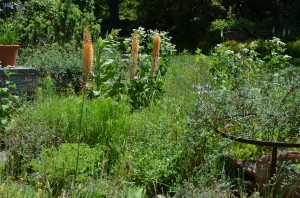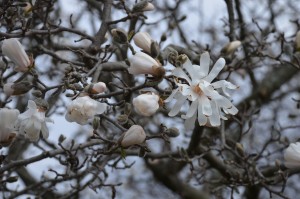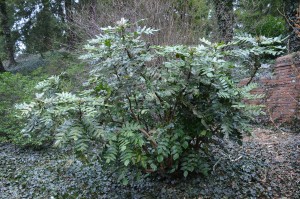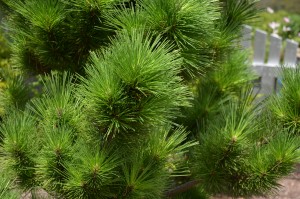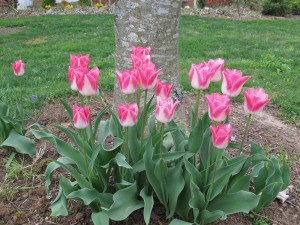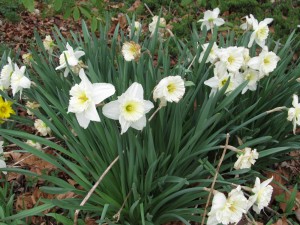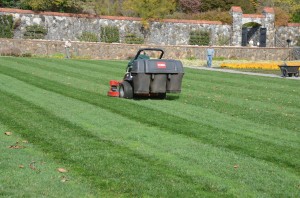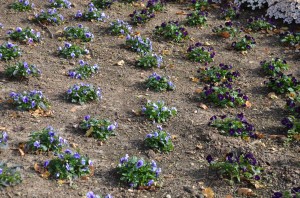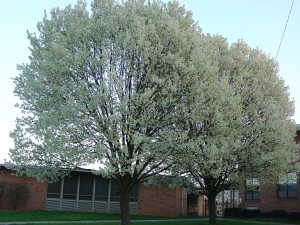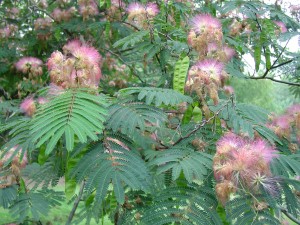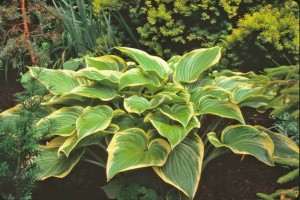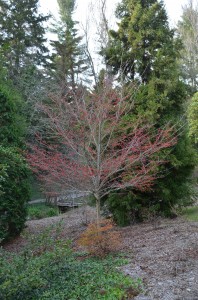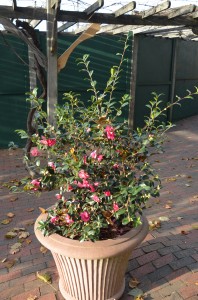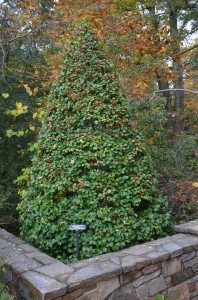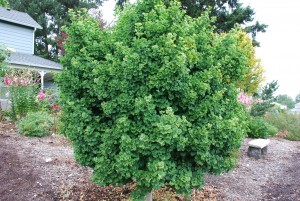The bark of young peach (Prunus persica) or nectarine (P. persica nucipersica) trees are sensitive to winter injury caused by rapid drops in daily temperatures. On a winter’s day, the sun may heat up the sapwood under the thin skinned peach bark. Research in Georgia shows that temperatures on the south side of a peach tree may reach 96 °F while the outside air temperature is only 55°F.
Sapwood thaws and refreezes, possibly injuring tissues beneath the thin bark. The south side of the trunk warms more than north side; freeze injury and bark splitting are generally worse on the south side. White latex paints offers some winter protection by reflecting heat and light away. Daily winter temperature gradients are less on the painted trunks compared to untreated.
Painting is most effective on 1-2 year old peach and nectarine trees. Apply one coat of a water-based interior white latex paint to trunk and main branches from 2 ½ feet high down to the ground. Dilute the paint at least 50% with water to allow the trunk wood to breathe. Never apply an oil-based paint to a tree trunk and branches.
One more chore: protect trunk of young 1-2 year old fruit trees against gnawing rabbits and field mice (voles). Loosely wrap chicken wire or wire mesh cloth for protection, and permit the trunk room to expand and breath. Do not wrap with plastic film or piping as this creates a winter haven for insects and other critters. Remove all protection guards once trees have started their third spring.
Photo credit: Dr. David Lockwood, Tree Fruit Specialist, University of Tennessee, Knoxville..

